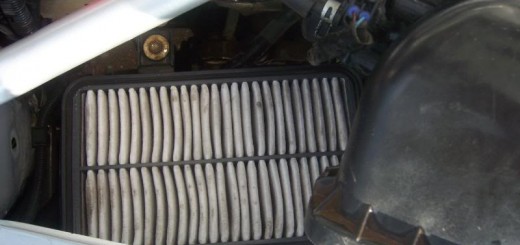Also if you’re unsure what the issue with your fan is check out my idiots guide to diagnosing a bad cooling fan.
Tools required:
1) 10mm wrench.
2) 8mm wrench/socket.
3) Medium sized Phillips screwdriver.
Optional:
1) Flat headed screwdriver
Now onto the install. Once you remove the frunk plastics you will be greeted with this site.

You’ll need to take off the two bolts (10mm) which have a red arrow going to them and remove the two bars they are holding. Then you will need to remove the two bolts that hold the fan assembly in. These are circled in green above and I have a close up picture with a red arrow pointing at one below.


^^This is why you need a 10mm wrench and not just a socket.
Next pull the wire out from all of the clips holding it in place. Two examples of these are circled in green below. Once that’s done push down on the black connector with a red arrow going to it so it pops off of it’s holder.

Now you can disconnect the plugs on the drivers side motor (pink arrow above) and the black plug that has a red arrow going to it. Below is a picture attempting to show where to push on the connector so you can pull it off. If you’ve ever worked with the other electrical connectors on this car these are no different. Basically you have to wrestle with it a little bit but eventually the thing will pop off. Just keep trying.

Now pull up on the whole fan assembly which will fully remove it (more on why that is in a bit). Once you can move the whole assembly around freely you can get the last connector shown in the picture below. Just put your fingernail or flat headed screw driver where mine is and pull that tab out and it should release quite easily.

Now you can also examine what it was that held in the fan assembly up until now. I have a picture of one of the connectors that slips in a slot on the assembly. This is useful information as you will need to make sure you get the slots lined up so the bottom is secured when you put the assembly back in at the end.

Next remove the nut holding on the fan blades (circled in red below) with a 8mm wrench/socket.

Once the blades are removed you can get to the three screws which are holding the motor in place (circled in red below).

The motor just slips right out at this point and it’s just a matter of doing the reverse of this whole process.
I also have a video to show how much extra resistance my old motor had compared to the one that still worked.
http://s20.photobucket.com/albums/b221/dar…es6-24-0830.flv
As for difficulty, on a scale of 1-10 (1 being cleaning your MAF) this is a 1.5 I would say. A very easy task which looks hard but probably would only take 15 minutes to half an hour.
Feel free to ask any questions or make comments!
This documentation in no way replaces the Toyota MR2 Repair Manuals. The purpose of this content is only to provide supplementary information to fellow MR2 enthusiasts. Midship Runabout and its contributing authors will not be held responsible for any injury or damages that may occur as the result of practicing any of the methods or procedures described within this website. Article and photo submissions are property of the contributing author.

